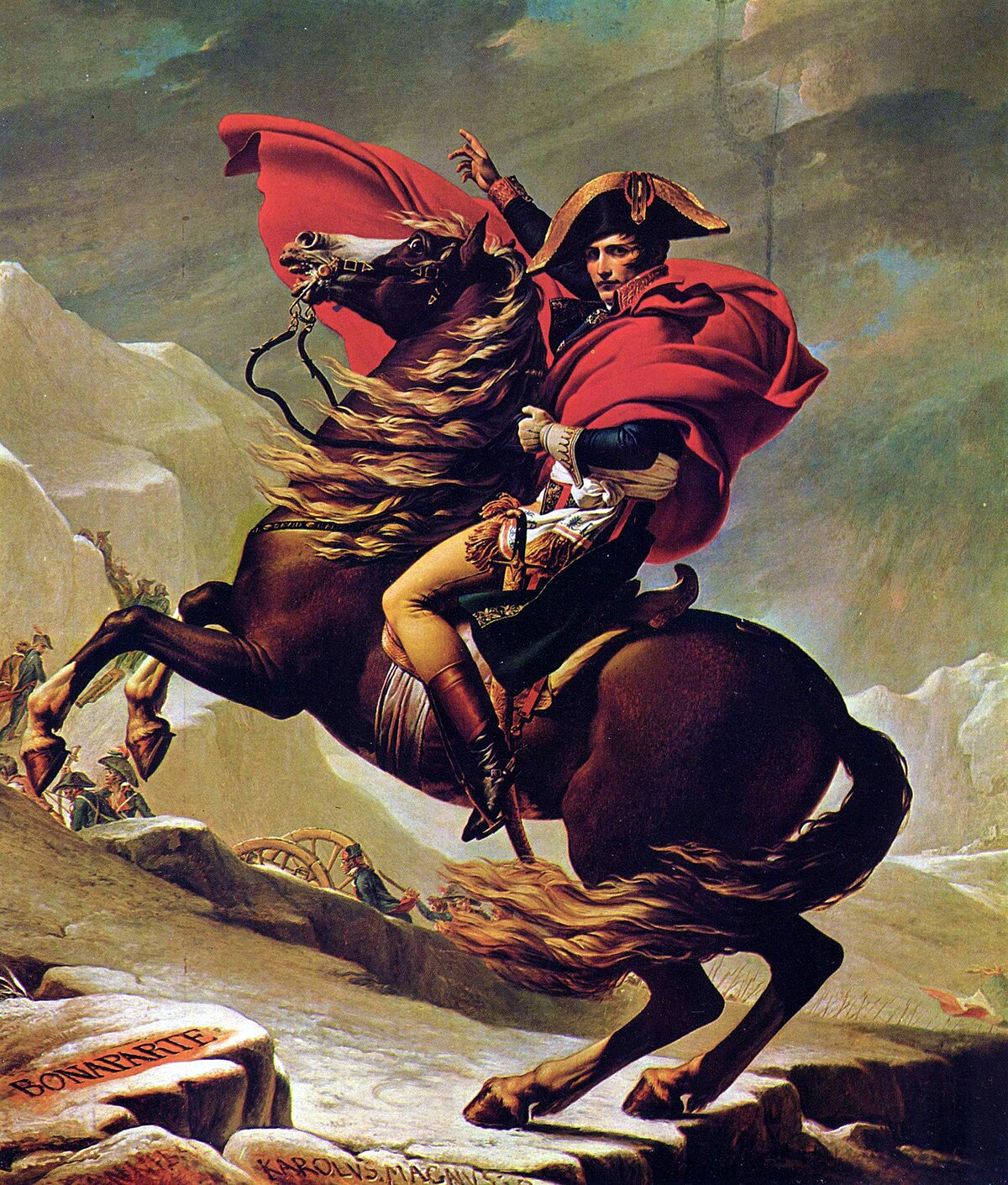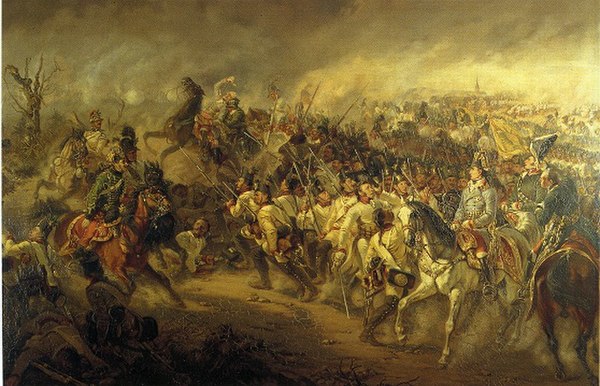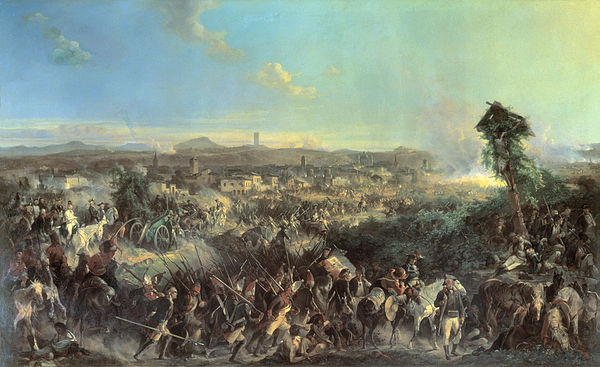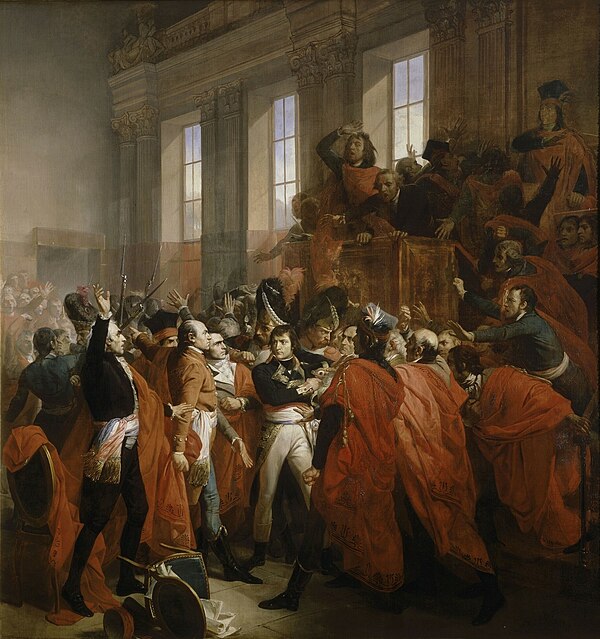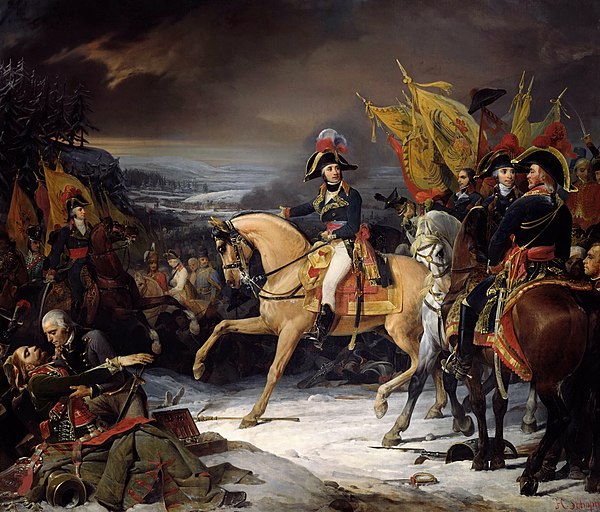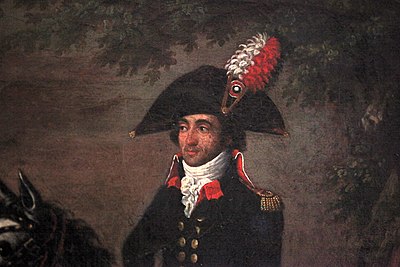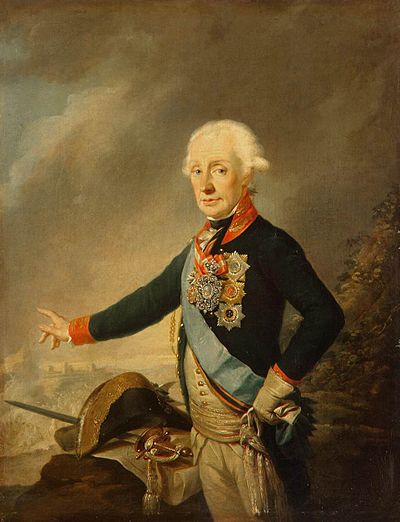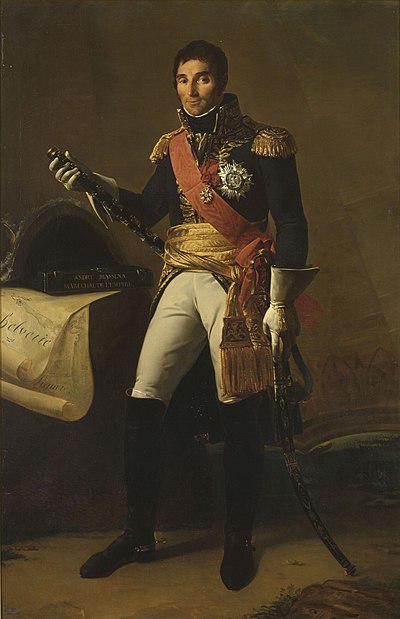In 1798, Paul I gave General Korsakov command of an expeditionary force of 30,000 men sent to Germany to join Austria in the fight against the French Republic. At the beginning of 1799, the force was diverted to drive the French out of Switzerland. In September 1798, with the consent of the Turkish government, a Russian fleet entered the Mediterranean, where the emperor Paul, appointing himself protector of the Order of St. John of Jerusalem, intended to liberate Malta from the French. Admiral Fyodor Ushakov was sent to the Mediterranean in command of a joint Russian-Turkish squadron to support General Alexander Suvorov's upcoming Italian and Swiss expedition (1799–1800). One of Ushakov's main tasks was to take the strategically important Ionian Islands from the French. In October 1798 the French garrisons were driven from Cythera, Zakynthos, Cephalonia, and Lefkada. It remained to take the largest and best-fortified island of the archipelago, Corfu. Russia signed an alliance with Turkey on January 3, 1799. Corfu capitulated on March 3, 1799.
